I’m feeling stupid. Barefoot Gal was hauled out nine days ago, and Dave and I planned to do routine maintenance on our drive leg while the yard did the bottom paint. Our part of the work hasn’t gone quite as expected.
To quickly summarize, Gemini catamarans with diesel engines have a steerable drive leg. Every two years, you are supposed to change the lower unit oil and, when needed, remove and clean up the steering pin.
We’ve changed the lower unit oil before, and when we bought the boat we bought the extractor to remove the steering pin whenever we’d have to. And it was time for us to do so, as the steering was getting stiff.
We read the instructions about how to pull the steering pin and even watched a YouTube video. We knew that since our steering was stiff, it was likely to be stubborn about coming out.
Well, stubborn wasn’t quite the word. Try impossible. But Dave and I were convinced we’d get it out.
Without going into too many details, we soaked the pin in penetrating oil and then functionally “got a bigger hammer.” We kept saying that it should budge with the force we were using, that it seemed like there was some sort of set screw or retaining pin. But we hadn’t seen one in the videos or
We literally did everything we could think of for two days to get that pin out. Broke the bolts in the extractor and in getting them out, buggered up the threads in the device so that we had to have a machine shop re-true them. Three cans of what several mechanics said was the best penetrating oil (Deep Creep). We built our own 10-pound slide hammer to replace the extractor and be able to use more force. We spent hours squirting penetrating oil around the pin and then twisting the casting around it to get the oil going everywhere. When we started, it took a 4-pound hammer to move the casting. Little by little, all the gunk around the pin was flushed out until it spun with just the touch of a finger.
Yet the pin still wouldn’t budge. Finally, I wrote an email to Walt, who designed the extractor and is also a TBG reader. Asked him if he knew of any tricks . . . and there we had it: “you did remove the pin that holds the reverse latch, didn’t you?”
Well, no. That’s the pin that we thought didn’t go through the steering pin. And it doesn’t go through it. It just clips the edge of it to, uh, keep it in place.
Talk about feeling stupid.
Then it got worse. We discovered that in all our efforts to remove the steering pin, we’d managed to put a slight bend in the retaining pin. So now it wouldn’t come out either.
Back to the machine shop. They were able to press it out and even made us a new one. The next morning, with our rebuilt extractor, the steering pin just slid out. Easily. Damn.
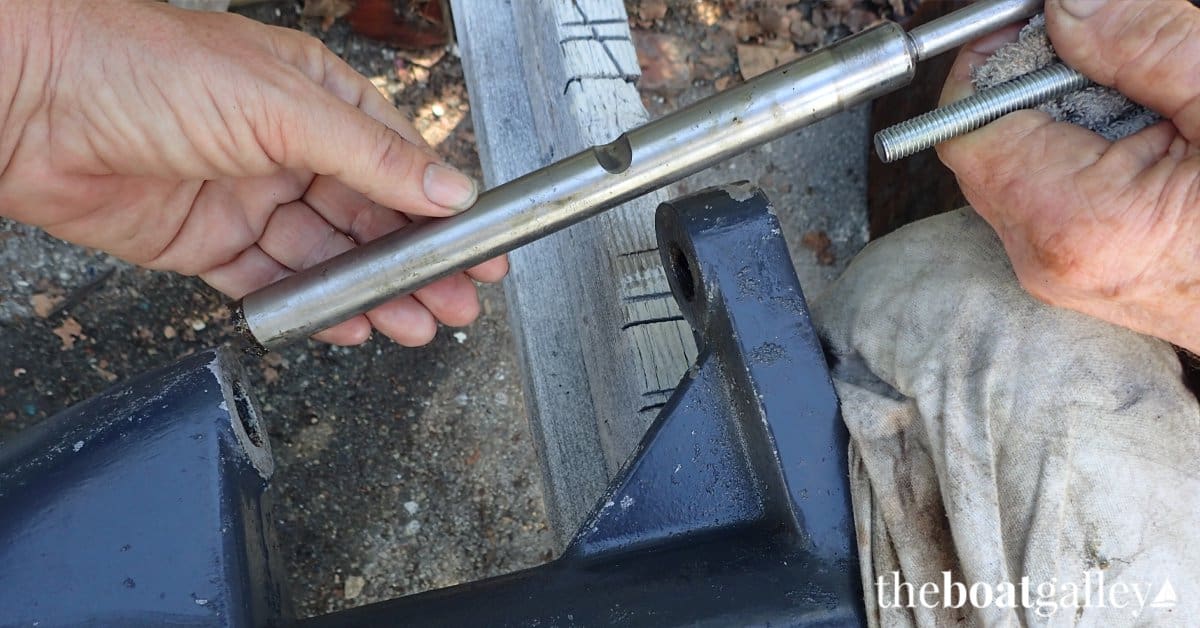
So, three days of wasted effort and creating work for ourselves. About $400 in penetrating oil, replacement bolts, extractor repair, parts to build a slide hammer, a heavier weight for the slide hammer and two trips to the machine shop.
We’ve been cruising long enough not to get into this situation. And both Dave and I are (usually) pretty mechanical. But every so often, you have to be reminded of some simple truths:
- When a project is going badly, stop and reevaluate. We’d been told that this pin would be hard to get out so we just keep applying more force. We needed to go back and look at different drawings of the steering assembly and different videos of how to pull it. After the fact, we found pictures of how the second pin held the first.
- Slowing down a tad to think about the problem might have ultimately been faster.
- Ask people who have gone before you. Don’t assume you have everything figured out. This was our saving grace, both in information from Walt and the help of the machine shop.
- Feeling stupid at times is part of the cruising life. We learn by making mistakes. Don’t beat yourself up over it. Move on.
Sure, I’m not happy about the money, time and physical effort we spent unnecessarily. But it doesn’t do any good for me to dwell on it. Take the lessons and move on.
When I told a cruising friend about what had happened and the solution, his reply was perfect:
Boats are so full of stuff like that. Beat your brains out, break shit, then realize there is one easy missing link to the solution. A metaphor for life maybe?”
John Herlig, Ave del Mar
Yep. We were schooled. When things are seeming impossible, see if there is one easy missing link to the solution.
On the plus side, I now know what a slide hammer is and how to build one. Just in case you’re interested:

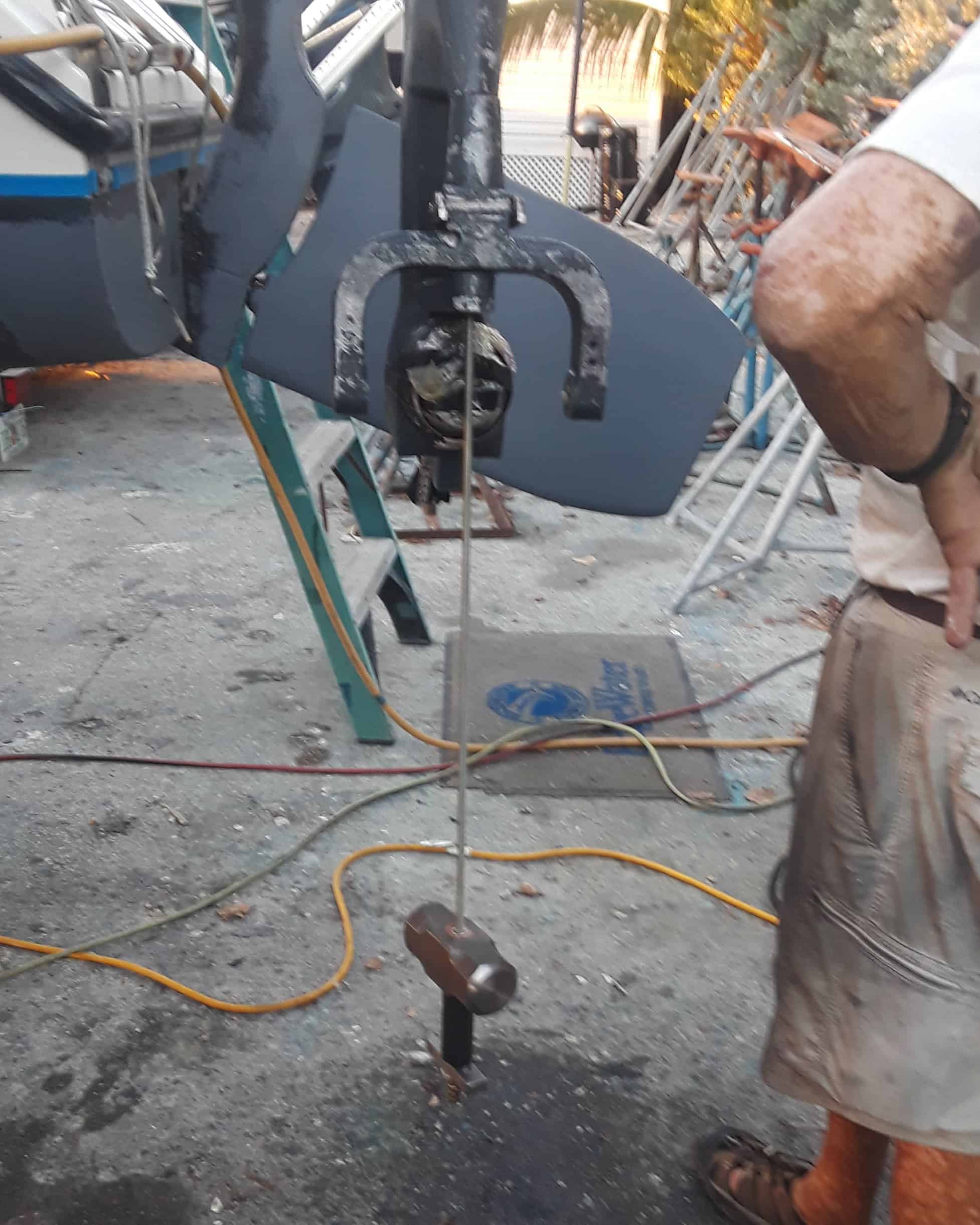

Carolyn Shearlock has lived aboard full-time for 17 years, splitting her time between a Tayana 37 monohull and a Gemini 105 catamaran. She’s cruised over 14,000 miles, from Pacific Mexico and Central America to Florida and the Bahamas, gaining firsthand experience with the joys and challenges of life on the water.
Through The Boat Galley, Carolyn has helped thousands of people explore, prepare for, and enjoy life afloat. She shares her expertise as an instructor at Cruisers University, in leading boating publications, and through her bestselling book, The Boat Galley Cookbook. She is passionate about helping others embark on their liveaboard journey—making life on the water simpler, safer, and more enjoyable.
Your VHF can do so much! Learn how to use ALL its features for just $39:
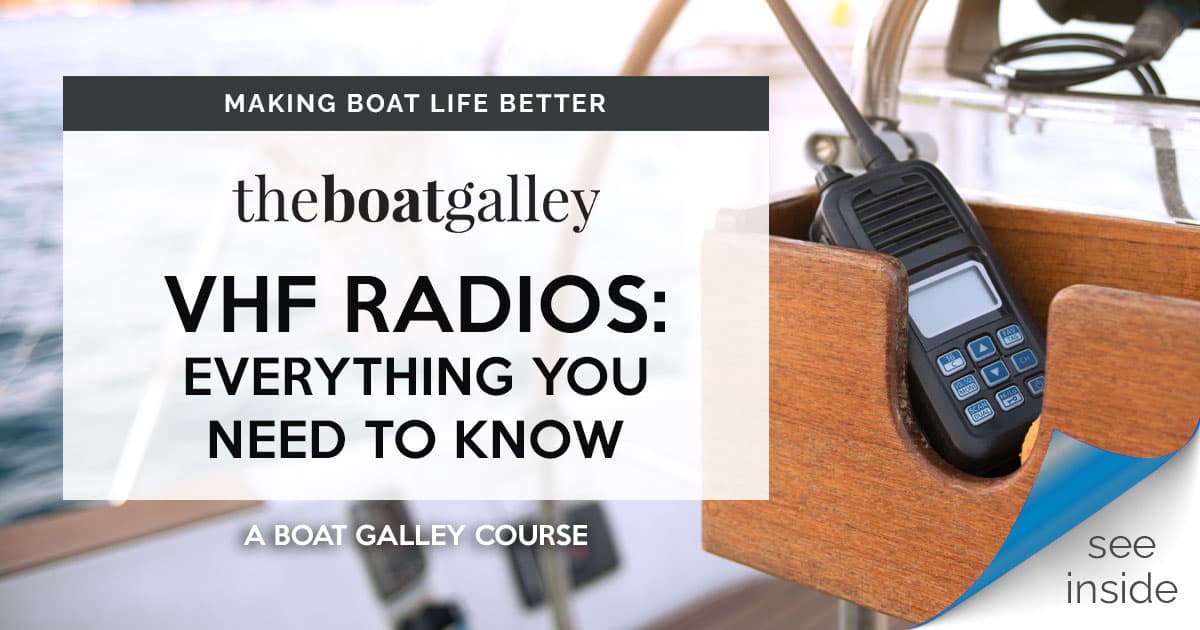
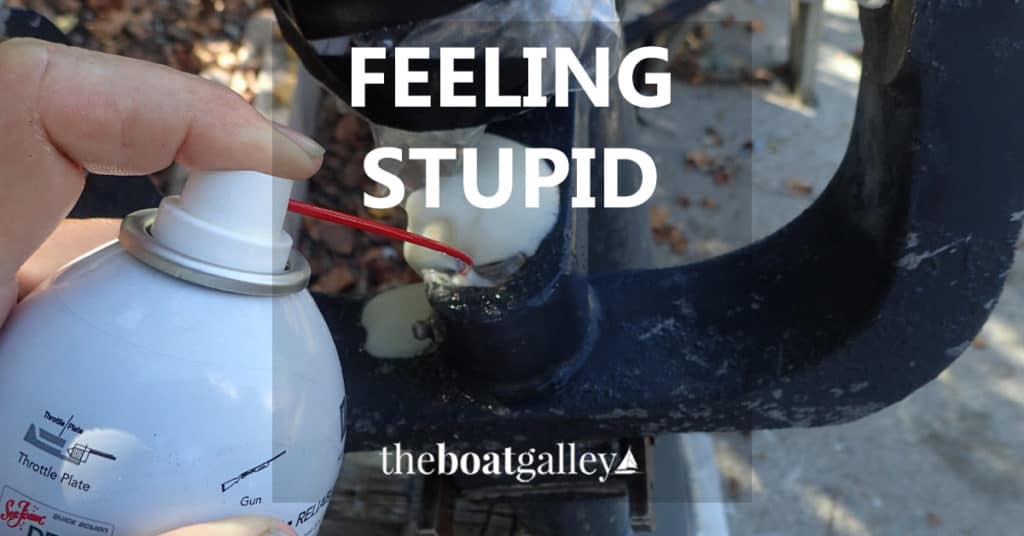
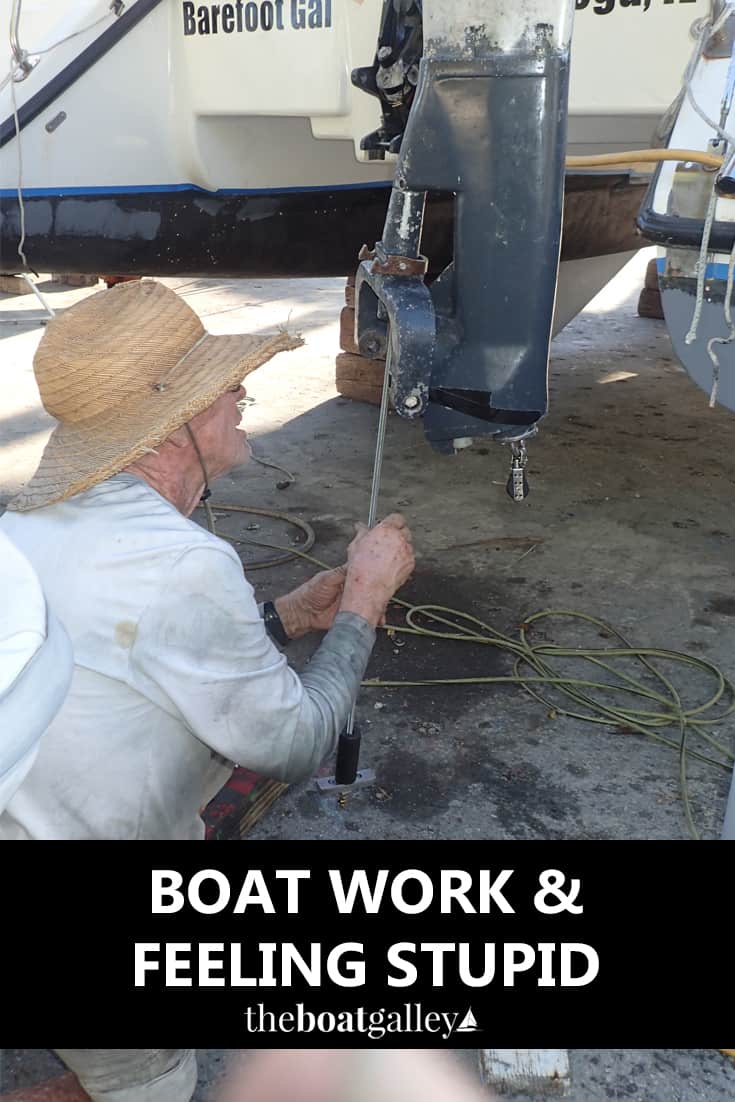

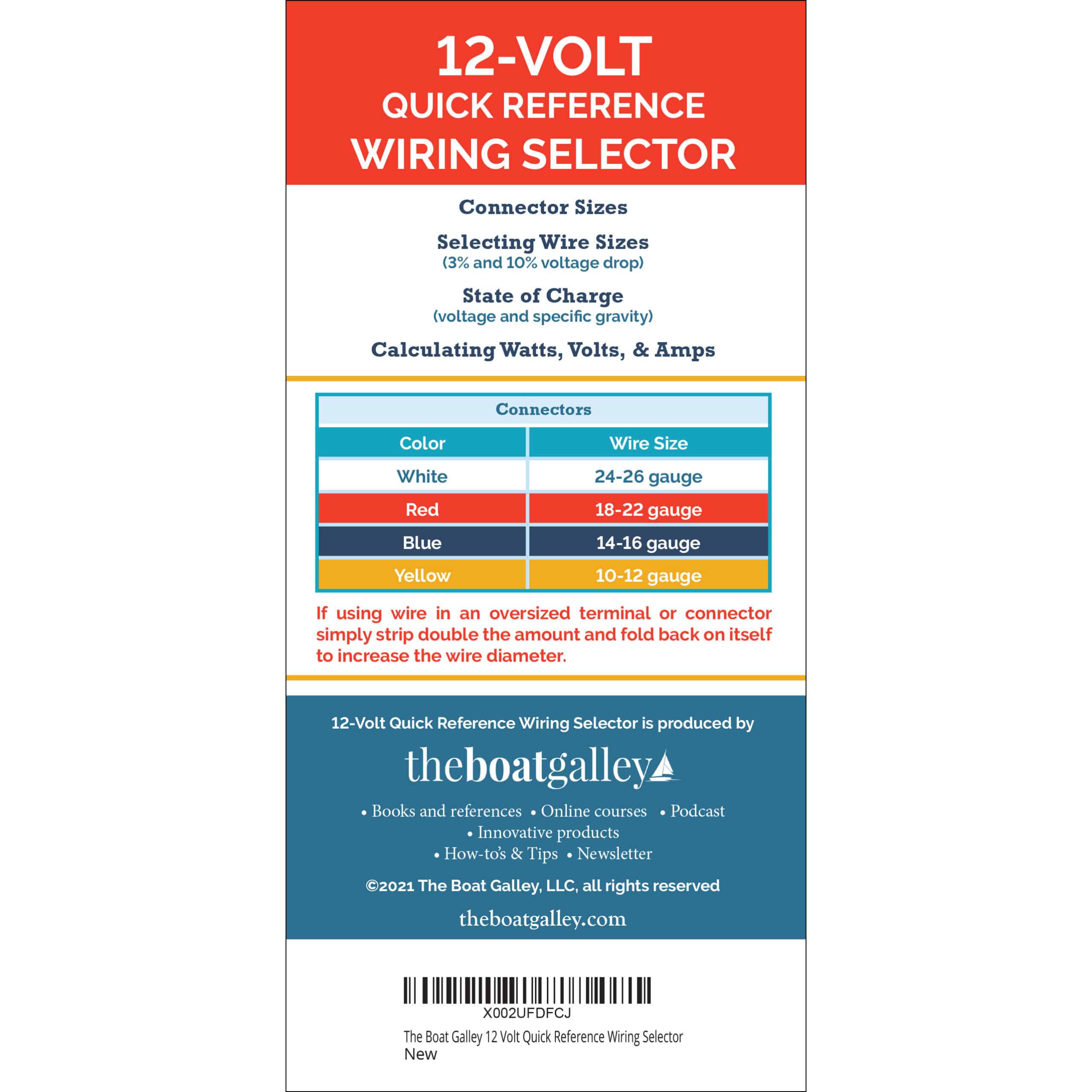





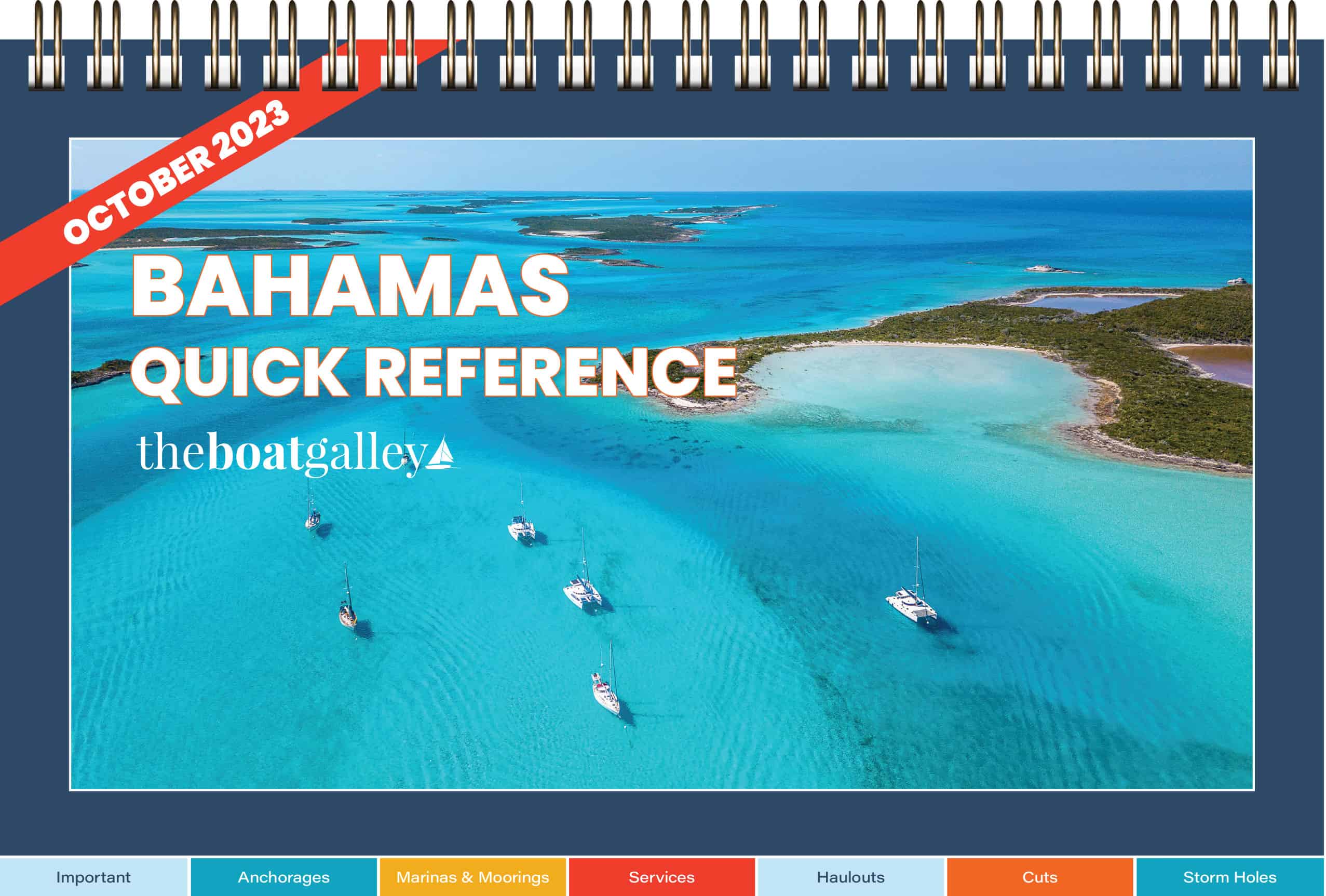
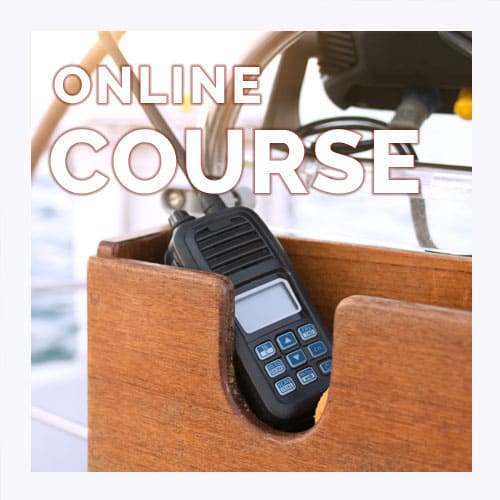
Ernie Lorimer says
Long ago I proposed Frenchy’s law of boat maintenance: “the application of excessive force through inappropriate tools by inexperienced people.” Frenchy was a guy who worked for a boat charter company in the Virgin Islands, and on one charter we had stiff steering. Frenchy wailed on it with a hammer until the rudder cables broke.
But really, Frenchy is the angel on my shoulder: if something (not just boats!) is not going the way I think it should, it is time to stop. Do I know what I’m doing? Do I have the right tool? Am I not using sufficient force and should use more to break it? The answer to each of these questions is usually no.
Walt says
Glad our phone conversation, the pictures and videos helped you out. We were happy to read that you got it all worked out ok. And, the autographed cook book made the day up here!
Your Welcome and Thank You very much,
Walt, Gemini 105mc, La Dolce Vita
Ps, that was a great write up.
Tom Rogerson says
Hey Walt,
Tom Rogerson here. I have a question you may have run into before. What is your experience with fiberglass delaminating and or core rot on the deckhouse of a Gemini 105MC? I got a report of either delimitation or potential core rot around our front window over the head. Have you known people that have dealt with this? Who would be best to talk to?
Thanks for your ideas in advance.
Best, Tom R
Carolyn Shearlock says
Check out the Gemini owners FB page. Search in Facebook for Gemini Catamarans.
Mike says
Recently I removed our drive leg. It on was struck also. A friend of mine and I each used a propane torch to hear the casing up a lot. Then we used a slide hammer and it came out. It would not budge before e heated it up. I think lots of heat is the trick
Dave Skolnick (S/V Auspicious) says
Stop and reevaluate really is the message here. The challenge you faced is that you were sure that the pin was corroded in place and all the symptoms were, at least initially, consistent with that diagnosis. I’ve been there and done that too.
I’ll offer my corollary to “stop and reevaluate:” it is “don’t trust anyone, including yourself.” So if “this is what I think” isn’t working sit back (stop and reevaluate) and consider what else it could be in case you are wrong (don’t trust anyone, including yourself).
I laud you for your attitude and for treating your travail as a learning experience.
Some thoughts going forward in no particular order.
YouTube is our friend. There is a lot of bad information out there, sadly, but also some really helpful material. It is up to us to sort the wheat from the chafe. In the end I find the Internet in general and YouTube in particular to be extremely helpful and worth the time spent. My wife will tell you I tend to go overboard on research. *grin*
Sail drives are popular because they make boat building cheaper, not because they are good for boaters. We just have to accept that. The issue for us is maintenance. You have to really understand the service intervals. No surveyor I have worked with will warn you about “fit for purpose” in this regard. I’ve delivered one particular boat with a sail drive that has a service interval on the seal around the final propeller shaft of only 100 hours. Simply not acceptable for cruising. For context it is 1,200 (ish) sm from Annapolis to Miami on the ICW. At 6 mph average and allowing 10% for getting in and out of anchorages and marinas and waiting for bridges that is about 225 hours. That means two seal changes (with associated haul-outs) during the trip. Put those sail drives in a catamaran that limits haul-out facilities (only six places on the Chesapeake for example to haul a wide cat) and you spend time and money – a lot – just on the sail drives. N.B. more options for a skinny girl like the Gemini.
Shock is a big help, in combination with chemicals and heat, in breaking things free. A slide hammer is one way. Impact wrenches and hammers are another. Having sturdy tools so your ratchet handle or breaker bar will stand up to a whack with a good sized hammer is another. Carolyn and Dave built (or rebuilt) a big slide hammer. To sub for an impact wrench you can use vice grips on a screwdriver or wrench to keep pressure on and give it an orthogonal whack with a hammer. This keeps your fingers out of the way. *grin* Pneumatic tools are the bomb. I don’t suggest you carry them, but being nice to people and knowing what favors to ask makes a big difference. Yes – I have a portable compressor, a bunch of hose, and an assortment of tools. Yes, you can probably borrow them but I might come help.
Penetrating oil is a great tool. First, WD-40 is not penetrating oil. “WD” is for water displacement. Deep Creep from SeaFoam is a good one. In test after test PB Blaster comes out on top. As a useful DIY approach there is an old shade-tree mechanic trick of mixing acetone and automatic transmission fluid (ATF) 50/50. There was a test in Popular Mechanics some years ago (2010? I forget) that compared various penetrating oils and threw that old shade-tree approach in fully expecting to debunk that approach. Interestingly it worked measurably better than any of the commercial products. I still usually use PB Blaster for the ease of an aerosol but for really reluctant cases or when supplies are short acetone and ATF has been a big help
Jerry Gotts says
Well as usual I’m not the only one although there are times when I wonder if anyone in the world has been as stupid as me.
I think you might just be the people to ask this of: This has nothing to do with the former subject !
Am I too old to begin sailing ? I am 67 yrs. old and in pretty good shape from lots of kayaking and canoeing etc. I have had some experience sailing although mostly “armchair sailing”. My goal is to buy a 28-30 ft. boat and sail around coastal Florida for several yrs. I have always been interested in sailboats and have owned a couple. I am now thinking of retiring to Florida. This would be a liveaboard situation if it matters.
I will be crossing my fingers waiting for your reply!!!!!!!!!!
I have certainly enjoyed your advice in the recent past. Thank You,Jerry
Carolyn Shearlock says
I know plenty of people who have started sailing (from total scratch!) in their 60’s and even 70’s. And you’ve owned sailboats before, so you’re way ahead of them. You can certainly do it! Being a little handy for repairs — or at least willing to dive in with the help of Google and YouTube — might be even more important than a huge background in sailing.